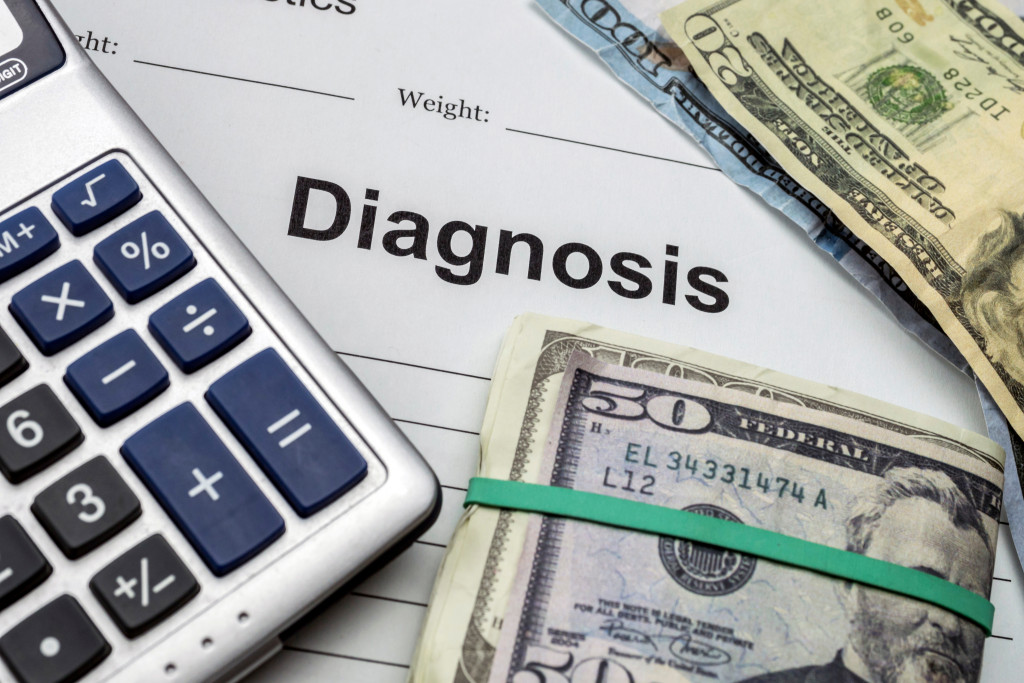- Varicose veins are enlarged and twisted, which can cause discomfort, pain, swelling, aching pain, and skin discoloration.
- Common causes of varicose veins are heredity, age, obesity, pregnancy, and other medical conditions.
- Maintain a healthy weight, wear compression stockings, elevate your legs, and invest in adjustable furniture.
- Consult your doctor before taking any major steps or starting new treatments for managing varicose veins.
Varicose veins are a common ailment that can cause discomfort, pain, and swelling. They can worsen over time if left untreated, leading to long-term health issues. Fortunately, there are some simple steps you can take to help prevent the disease from progressing. Here are some tips and tricks for living with varicose veins.
What Are Varicose Veins?
Varicose veins are twisted and enlarged veins that appear close to the skin’s surface. Typically, they occur in the legs and thighs, though they can also be found in other body parts. Weakened valves cause varicose veins in the veins, which cause a backup of blood flow, leading to increased pressure in the veins and causing them to become enlarged. Varicose veins can be unsightly, but they can also cause aching pain in the affected areas and swelling and skin discoloration.
Common Causes of Varicose Veins
Varicose veins are a common and sometimes painful condition that affects many people. Although the exact cause of varicose veins is unknown, some factors may increase your risk. These include heredity, age, obesity, pregnancy, and other medical conditions. In addition to these common causes of varicose veins, lifestyle choices can also play an important role in the development and progression of this condition.
- Age: Varicose veins become more common as you get older. As the valves and walls of your veins weaken with age, it’s more likely that blood will back up and cause swollen, twisted veins.
- Obesity: Being overweight or obese increases the pressure within your veins, which can lead to varicose veins.
- Pregnancy: The increased levels of hormones and pressure on the veins during pregnancy can cause varicose veins to develop or worsen.
What Can You Do?
Varicose veins can be uncomfortable and unsightly, but they don’t have to be permanent. With the proper preventive measures, you can help manage your varicose veins and prevent them from progressing further. Making simple changes in your daily routine can help reduce your risk of developing or worsening varicose veins over time.
Maintain a Healthy Weight

Being overweight or obese puts more strain on your legs, which can worsen the symptoms of varicose veins and make them more likely to increase in size. To reduce this strain, try to maintain a healthy weight through diet and exercise. Eating a balanced diet full of nutrient-rich fruits and vegetables is vital for overall health and keeping your weight under control. And regular physical activity is helpful for both preventing varicose veins from getting worse as well as improving overall leg health.
Wear Compression Stockings
Compression stockings are tight-fitting socks or pantyhose that provide gentle pressure on your legs and help promote better circulation in the affected area. This type of support helps reduce the swelling associated with varicose veins while also helping prevent them from worsening over time. It’s important to find the right fit to get maximum comfort while wearing them. If they’re too tight, they won’t be effective, but if they’re too loose, they won’t provide enough compression to be beneficial. Your doctor should advise what type of compression stocking would work best for you based on your needs.
Elevate Your Legs Regularly
When you have varicose veins, it’s essential to keep your legs elevated whenever possible. Elevating your legs helps improve circulation throughout your body by allowing gravity to do its job more effectively; this helps reduce pain and swelling in the affected area while also lessening any feelings of heaviness or fatigue in the lower extremities. Try elevating yourself at least twice a day—when you wake up in the morning and before bedtime—for about 15 minutes at a time. You may also want to consider investing in an adjustable footrest to keep your feet elevated even when sitting at work or relaxing at home.
Support at Home

Home furniture and appliances can play an important role in managing varicose veins and preventing them from progressing. Investing in the correct type of furniture and devices can create a supportive environment for your legs that will help reduce the symptoms associated with varicose veins, such as swelling and discomfort.
Look for furniture and appliances that offer adjustable height options and lumbar support and cushioning. An adjustable desk chair is perfect for elevating your legs while you work; be sure to adjust it so that your feet are at least 6 inches above the floor. While sleeping, try using a foam mattress topper or an adjustable bed frame that allows you to elevate your legs comfortably. Anti-fatigue kitchen mats are also great for providing extra cushioning when standing in the kitchen or doing other chores and activities.
Living with varicose veins doesn’t have to be painful or uncomfortable. With simple lifestyle changes, like maintaining a healthy weight, wearing compression stockings, and elevating your legs regularly, you can help prevent them from worsening over time while alleviating any current symptoms you may be experiencing. Of course, it’s always best to consult with your doctor before making any major changes or starting any new treatments so that you get the best results possible for managing your condition!

